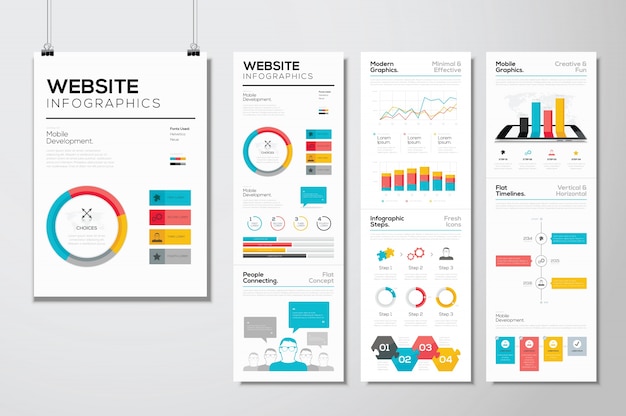Interested In Finding Out How Web Site Design Has Evolved? Take A Trip Through The Transformation
Interested In Finding Out How Web Site Design Has Evolved? Take A Trip Through The Transformation
Blog Article
Post By-Thorsen Clarke
In the past, web sites were simple and focused on details. Navigation was straight, and layout was for desktop computers. Currently, user experience is essential. Data guides designs for easy navigating. Responsive formats suit different tools. Today, dark setting reduces stress, and minimalist food selections improve navigation. Interactive features involve customers, and strong visuals stand out. AI combination boosts involvement. See how layout has actually evolved to improve your on-line trip.
Early Days of Web Design
In the very early days of website design, simplicity reigned supreme. Web sites were standard, with limited colors, typefaces, and formats. The emphasis got on providing info instead of flashy visuals. Individuals accessed the internet with sluggish dial-up connections, so speed and performance were vital.
Navigating food selections were straightforward, generally located at the top or side of the page. Sites were developed for home computer, as mobile browsing had not been yet widespread. https://www.suara.com/pressrelease/2022/06/10/015705/misi-marsuki-berbagi-tips-dan-informasi-tentang-seo-untuk-para-pelaku-umkm was king, and designers focused on simple readability over complicated design components.
HTML was the primary coding language utilized, and developers had to function within its restrictions. Computer animations and interactive attributes were marginal compared to today's criteria. Web sites were fixed, with little vibrant web content or individualized individual experiences.
Increase of User-Focused Design
With the development of web site style, a shift in the direction of user-focused design concepts has ended up being increasingly noticeable. Today, producing sites that focus on individual experience is vital for involving visitors and attaining service goals. User-focused layout includes understanding the needs, preferences, and habits of your target audience to tailor the website's design, material, and features appropriately.
Designers currently conduct extensive research, such as user studies and functionality testing, to gather understandings and comments directly from users. This data-driven strategy assists in producing instinctive navigating, clear calls-to-action, and aesthetically attractive user interfaces that reverberate with site visitors. By positioning the individual at the facility of the design procedure, internet sites can supply a more tailored and enjoyable experience.
Responsive style has actually likewise emerged as an essential aspect of user-focused design, making certain that web sites are enhanced for various tools and display sizes. This versatility boosts ease of access and functionality, accommodating the diverse methods individuals communicate with internet sites today. Essentially, the increase of user-focused layout symbolizes a shift in the direction of producing digital experiences that prioritize the needs and expectations of the end customer.
Modern Trends in Web Design
Check out the latest patterns shaping website design today. One noticeable trend is dark setting layout, supplying a streamlined and modern appearance while reducing eye strain in low-light environments. An additional vital pattern is minimal navigating, simplifying menus and boosting customer experience by concentrating on essential elements. Integrating more info here -interactions, such as computer animated buttons or scrolling effects, can develop a much more appealing and interactive internet site. Receptive style remains essential, making sure seamless customer experiences across various devices. Furthermore, making use of vibrant typography and asymmetrical formats can add visual interest and accentuate specific web content.
Incorporating AI modern technology, like chatbots for client support or individualized recommendations, enhances customer involvement and streamlines processes. Availability has also end up being a substantial trend, with designers focusing on inclusive style practices to deal with varied customer needs. Embracing sustainability by optimizing internet site efficiency for rate and efficiency is another emerging trend in web design. Working together with user responses and data analytics to repeat and enhance design constantly is essential for staying relevant in the ever-evolving electronic landscape. By welcoming these contemporary trends, you can create an aesthetically appealing, easy to use website that reverberates with your audience.
Verdict
As you reflect on the evolution of site style from the early days to now, you can see just how user-focused layout has come to be the driving pressure behind contemporary trends.
Accept the journey of modification and adaptation in web design, constantly keeping the individual experience at the center.
Tippingpointdigital
Remain current with the most recent fads and innovations, and never quit evolving your strategy to create visually stunning and straightforward sites.
Progress, adjust, and create - the future of website design remains in your hands.
